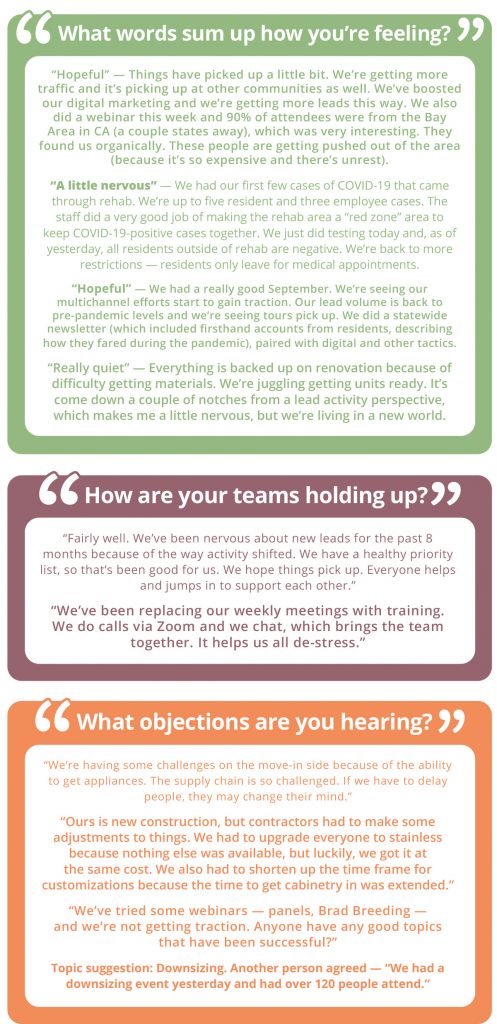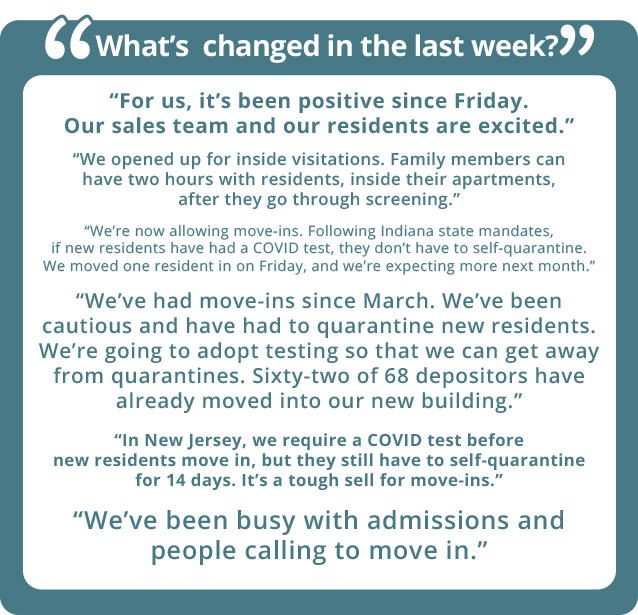Today, Stacy Hollinger Main, a partner and interior designer at RLPS Architects, is sharing her philosophy and advice on senior living design. RLPS is an award-winning firm located in Lancaster, Pennsylvania, that specializes in architecture and interior design for a variety of industries, including senior living, assisted living and dementia/memory care. Stacy has 28 years of design experience and has spent 21 of those years designing senior living communities at RLPS.
What is your philosophy on senior living design?
First of all, it’s important to understand that it’s not “senior living” design — it’s about good design, period. We take the approach of looking at design from a holistic point of view with a nod to hospitality design, but scaled appropriately for people who are living there.
To appeal to Baby Boomers, designs must be contemporary and reflect the distinctive experiences and lifestyle offered to those moving into a particular community. It’s tailored to people who have the desire to live in housing that’s beautiful and well maintained with a lot of amenities — but designed appropriately for the people who are using it.
Take carpet, for instance. It may look rich, but there are a lot of factors that we take into consideration behind the scenes. The carpet has to be able to handle rolling traffic, such as wheelchairs, scooters and walkers. And it’s not just about the items that assist the residents to keep them ambulatory; it’s also about the staff — whatever they’re pushing and navigating, such as med carts. It’s often a matter of weighing the options with our clients for each particular application. Carpet is typically more homelike and helps with acoustics, but it’s easier to propel rolling traffic over hard surfaces.
What advice would you give senior living communities?
Communities need to stay current and fresh because the competition is high, and trends change constantly. Just as you want to update your own wardrobe, you want to make sure that your floors and walls are all up-to-date.
Our goal is to create timeless communities that speak to the brand and reinforce it across all levels of care. However, it’s easy for communities to get out of date. You don’t want people to be fearful to go to a higher level of care, such as assisted living or memory care, because the spaces look outdated and not as nice as independent living.
That’s why it’s important to include interior design in your master planning. Your community needs to put a refresh of its design into the capital budget. You need to evaluate every aspect of your decor at least every 8–10 years, although you can change things like paint and accessories more often for a refreshed look.
What are your favorite projects?
In the end, once we’ve had that ribbon-cutting ceremony, and we hear people walking through the rooms, experiencing the design for the first time and talking about it, feeling happy — those are our favorite projects. It’s really about the way the design has improved their lives. And it’s not just about the people who are living there; it’s about staff, too. If we’ve been able to help a staff member do his or her job better and promote health or wellness because of the materials we’ve used, it’s impacting people’s lives for the better.
We do projects across the U.S. They’re all challenging and all unique. We don’t do cookie-cutter projects. We are creating a unique atmosphere for the community while striving to create trust, open communication and a positive end result for our client. Those are the best projects — when a client is asking us to come back to do the next one.
What do you like most about your job?
When you look at a room, when you look at space, it’s more than six sides of a box; it’s the potential for creativity. When we start to fill the box with the interior elements, we look at the floor, walls and ceiling. We think about acoustics and window treatments and lighting and accessories. In the end, it’s all about the people who are using the space. What I like most about my job is seeing people who are enjoying the space as they work and live here.
The goal for design is all about creating an environment to inspire people and transform lives. Our goal at RLPS is to do that in all aspects of our design, not just in senior living.


